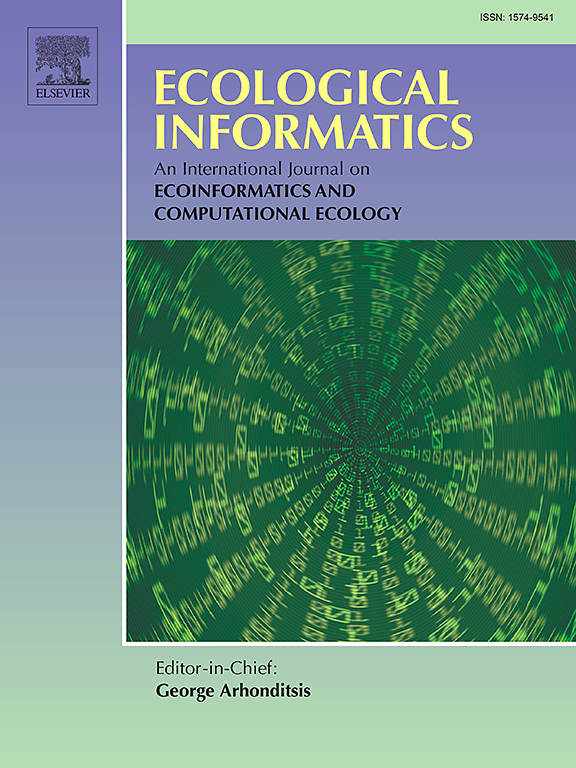Spatial mismatch and congruence in the taxonomic, functional, and phylogenetic diversities of fish assemblages in China's water diversion lakes
IF 5.8
2区 环境科学与生态学
Q1 ECOLOGY
引用次数: 0
Abstract
The interplay of evolutionary, ecological, and anthropogenic processes is critical in shaping species distributions and biodiversity patterns. Recent studies highlight the importance of examining functional and phylogenetic traits to gain a more comprehensive understanding of these patterns. However, significant knowledge gaps remain regarding functional and phylogenetic diversity patterns among freshwater fish, particularly in the context of large-scale hydrological alterations such as the South-to-North Water Diversion Project (SNWDP). In this study, we investigated the spatial patterns of fish taxonomic, functional, and phylogenetic diversities and community assemblage, alongside their environmental drivers, within five impounded lakes of SNWDP. Our analysis sought to identify relationships between different aspects of diversity, assessing patterns of mismatch or congruence, and evaluating the efficacy of using one aspect as a proxy for another. Our results revealed that: 1) fish diversity and community assembly showed no longitudinal gradient, with spatial mismatches across diversity dimensions; 2) functional diversity was negatively correlated with both taxonomic and phylogenetic diversities, while the latter two showed no correlation; and 3) the SNWDP primarily affected taxonomic and functional diversities by altering water depth, nutrient status and promoting non-native species invasion, while phylogenetic diversity was mainly influenced by changes in water temperature and dissolved oxygen. These findings underscore the distinct contributions of various diversity measures and emphasize that no single measure can reliably predict another, highlighting the necessity of selecting diversity measures tailored to specific questions (e.g., for conservation or fisheries management).

求助全文
约1分钟内获得全文
求助全文
来源期刊

Ecological Informatics
环境科学-生态学
CiteScore
8.30
自引率
11.80%
发文量
346
审稿时长
46 days
期刊介绍:
The journal Ecological Informatics is devoted to the publication of high quality, peer-reviewed articles on all aspects of computational ecology, data science and biogeography. The scope of the journal takes into account the data-intensive nature of ecology, the growing capacity of information technology to access, harness and leverage complex data as well as the critical need for informing sustainable management in view of global environmental and climate change.
The nature of the journal is interdisciplinary at the crossover between ecology and informatics. It focuses on novel concepts and techniques for image- and genome-based monitoring and interpretation, sensor- and multimedia-based data acquisition, internet-based data archiving and sharing, data assimilation, modelling and prediction of ecological data.
 求助内容:
求助内容: 应助结果提醒方式:
应助结果提醒方式:


